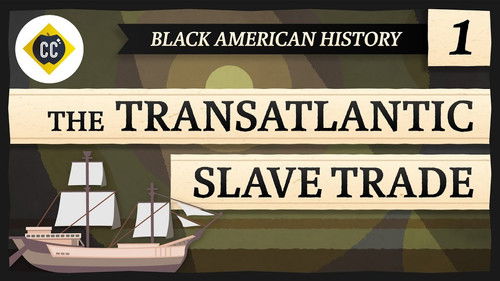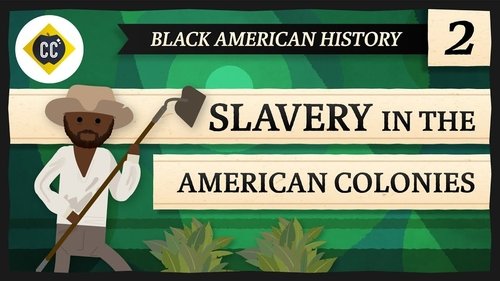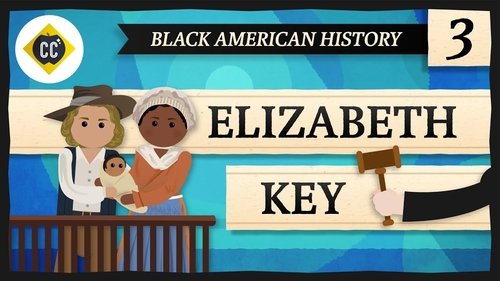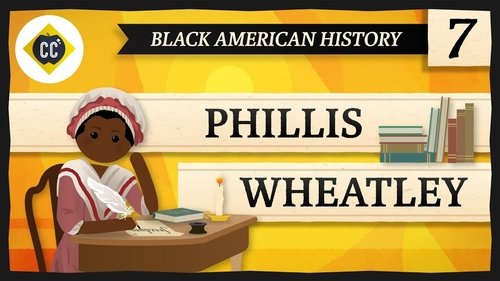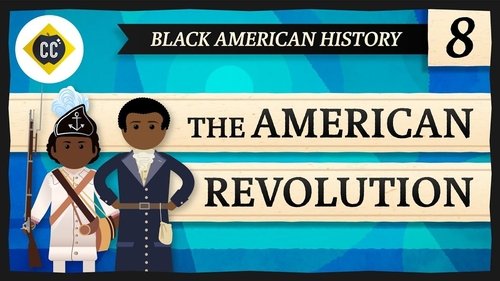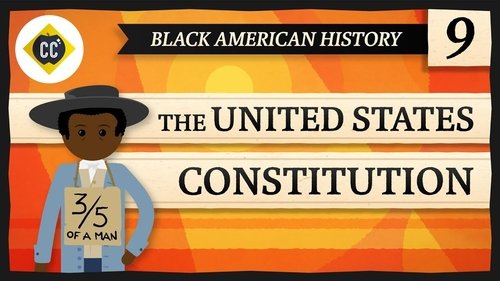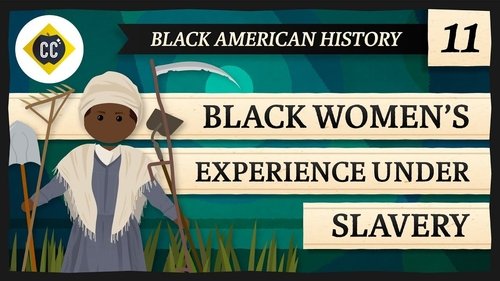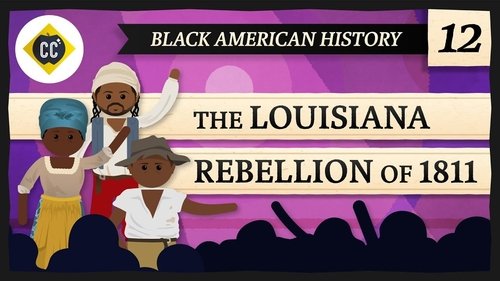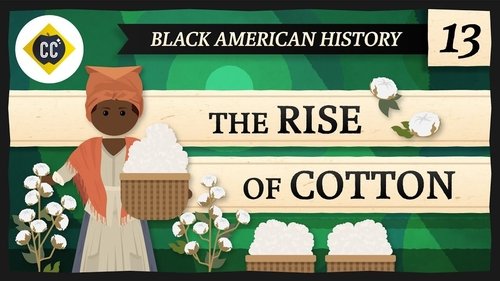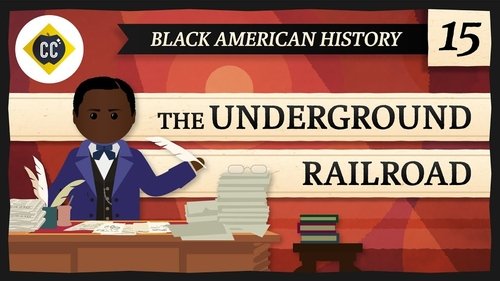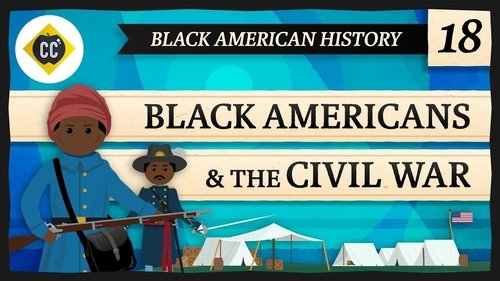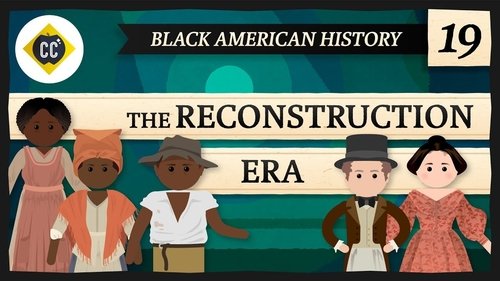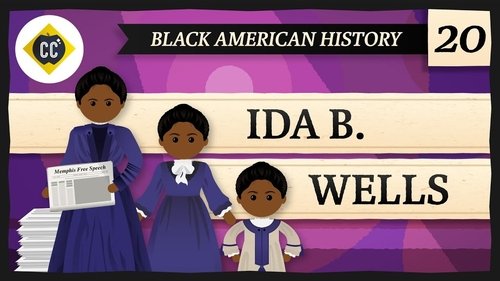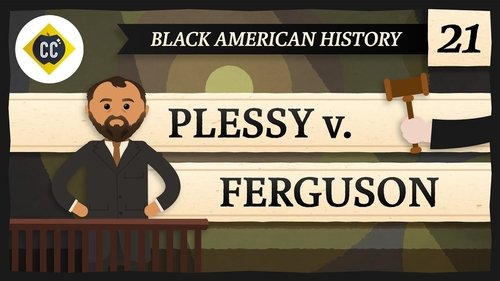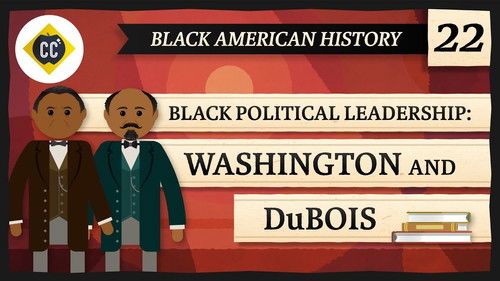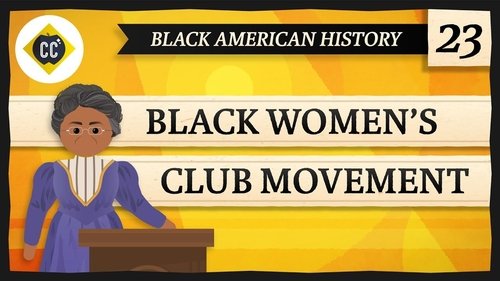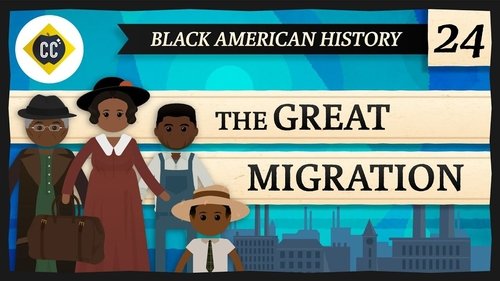
Documentary

The Worst Episodes of Crash Course Black American History
Every episode of Crash Course Black American History ranked from worst to best. Explore the Worst Episodes of Crash Course Black American History!

The Worst Episodes of Crash Course Black American History
Documentary
Every episode of Crash Course Black American History ranked from worst to best. Explore the Worst Episodes of Crash Course Black American History!
Over the course of 50 episodes, we're going to learn about Black American History. Clint Smith will to teach you about the experience of Black...
Seasons1
Worst Episodes Summary
"The Trans-Atlantic Slave Trade" is the worst rated episode of "Crash Course Black American History". It scored /10 based on 0 votes. Directed by Unknown and written by Unknown, it aired on 5/7/2021. This episode scored 0.0 points lower than the second lowest rated, "Slavery in the American Colonies".
